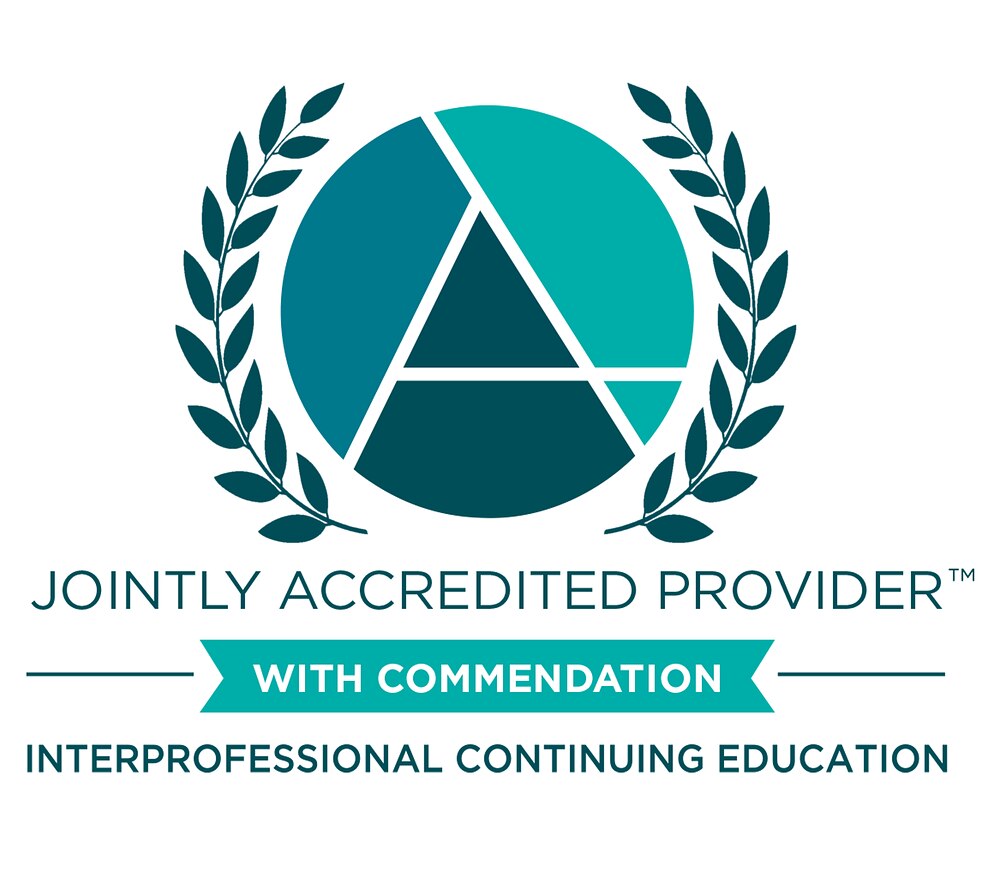Duke University Schools of Medicine and Nursing developed an interprofessional student clinical experience which brings together students and faculty from their professional programs including doctor of allopathy (MD), advanced bachelors of science in nursing (ABSN), nurse practitioner (NP), physician assistant (PA), physical therapy (PT) to provide collaborative care to patients presenting to the Duke emergency department (ED). The interprofessional experience focuses on team-based, hands-on patient care as well as learning from and with each of the professions. A clinical faculty member is responsible for the patient’s medical care while also providing reinforcing and constructive feedback to the students at the end of the clinical session. At the start of the academic year, faculty are provided with suggested readings that offer guidance and tips for feedback as well as maintaining a safe learning environment for growth. During the most recent academic year (2024-2025), 317 interprofessional students completed a Qualtrics survey regarding their experience and responded to the question, “Did your faculty member provide you/your team with constructive feedback?” The students reported that 75% of the time (n=238) that the faculty provided exceptional feedback (defined as clear, specific, and actionable, focusing on both strengths and areas for improvement for most or all team members) and 18% (n=57) of the time feedback exceeding expectations (mostly clear, specific, and actionable for most of the team members). The remaining 7% of responses included: meets expectations (n=14) (defined as feedback was mostly clear, specific, and actionable with focus on strengths and areas for improvement for at least one team member), needs development (n=1) (defined as feedback was unclear, lacked specificity, or was not entirely actionable), and well below expectations (n=7) (defined as unclear, vague or not constructive, with little to no actionable advice). The subpar responses were distributed amongst 12 of the 23 participating faculty members, none of whom consistently received low ratings. In fact, all of these faculty also received ratings categorized as exceptional. This suggests that the lower ratings were isolated instances, each likely tied to a single student’s experience during a specific clinical session. As a result, it is difficult to draw firm conclusions about which faculty might require additional development. Future evaluations should consider reducing the number of Likert scale options to improve clarity, as distinctions between response categories are currently difficult to interpret. Additionally, identifying the students' professional programs could provide valuable insight into differences in feedback perception.
In support of improving patient care, this activity is planned and implemented by The National Center for Interprofessional Practice and Education Office of Interprofessional Continuing Professional Development (National Center OICPD). The National Center OICPD is accredited by the Accreditation Council for Continuing Medical Education (ACCME), the Accreditation Council for Pharmacy Education (ACPE), and the American Nurses Credentialing Center (ANCC) to provide continuing education for the healthcare team.
As a Jointly Accredited Provider, the National Center is approved to offer social work continuing education by the Association of Social Work Boards (ASWB) Approved Continuing Education (ACE) program. Organizations, not individual courses, are approved under this program. State and provincial regulatory boards have the final authority to determine whether an individual course may be accepted for continuing education credit. The National Center maintains responsibility for this course. Social workers completing this course receive continuing education credits.
The National Center OICPD (JA#: 4008105) is approved by the Board of Certification, Inc. to provide continuing education to Athletic Trainers (ATs).
This activity was planned by and for the healthcare team, and learners will receive Interprofessional Continuing Education (IPCE) credit for learning and change.


Physicians: The National Center for Interprofessional Practice and Education designates this live activity for AMA PRA Category 1 Credits™. Physicians should only claim credit commensurate with their participation.
Physician Assistants: The American Academy of Physician Assistants (AAPA) accepts credit from organizations accredited by the ACCME.
Nurses: Participants will be awarded contact hours of credit for attendance at this workshop.
Nurse Practitioners: The American Academy of Nurse Practitioners Certification Program (AANPCP) accepts credit from organizations accredited by the ACCME and ANCC.
Pharmacists and Pharmacy Technicians: This activity is approved for contact hours.
Athletic Trainers: This program is eligible for Category A hours/CEUs. ATs should claim only those hours actually spent in the educational program.
Social Workers: As a Jointly Accredited Organization, the National Center is approved to offer social work continuing education by the Association of Social Work Boards (ASWB) Approved Continuing Education (ACE) program. Organizations, not individual courses, are approved under this program. State and provincial regulatory boards have the final authority to determine whether an individual course may be accepted for continuing education credit. The National Center maintains responsibility for this course. Social workers completing this course receive continuing education credits.
IPCE: This activity was planned by and for the healthcare team, and learners will receive Interprofessional Continuing Education (IPCE) credits for learning and change.
Learners can claim CE credit by completing the Daily Evaluation.


